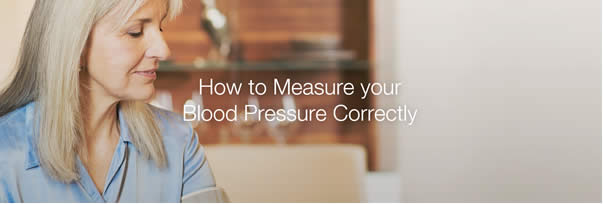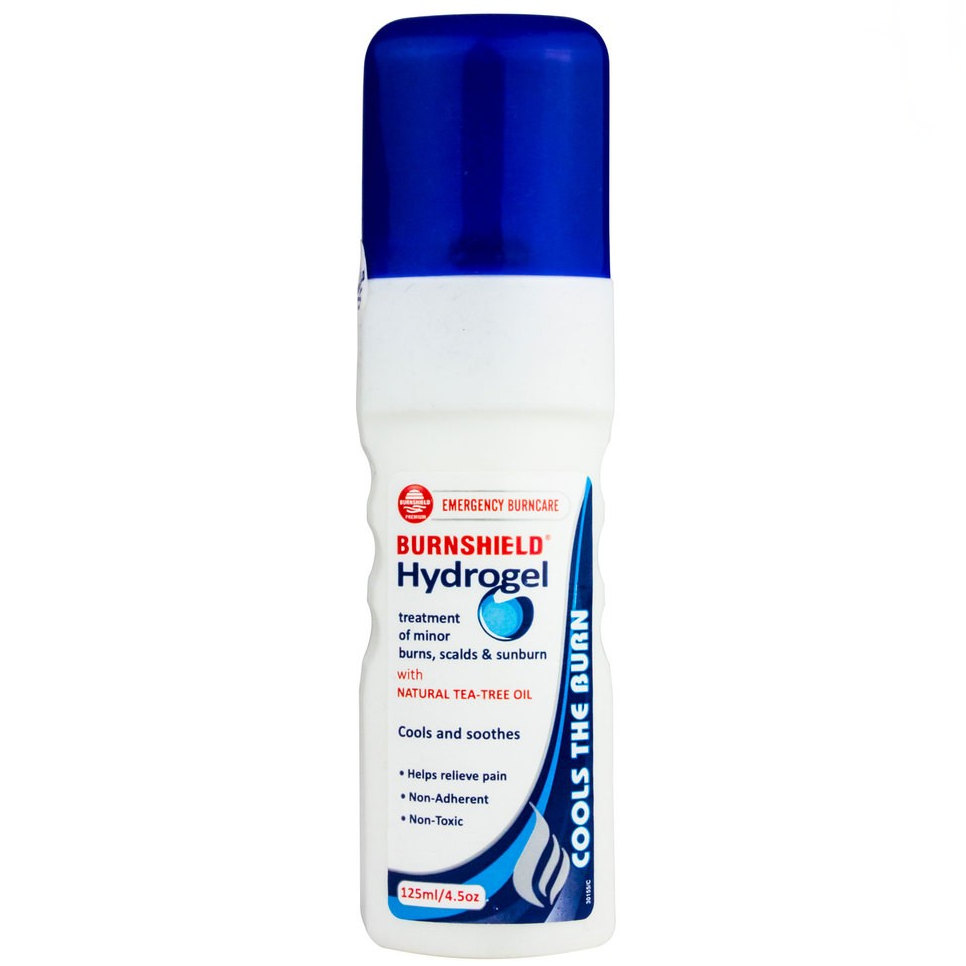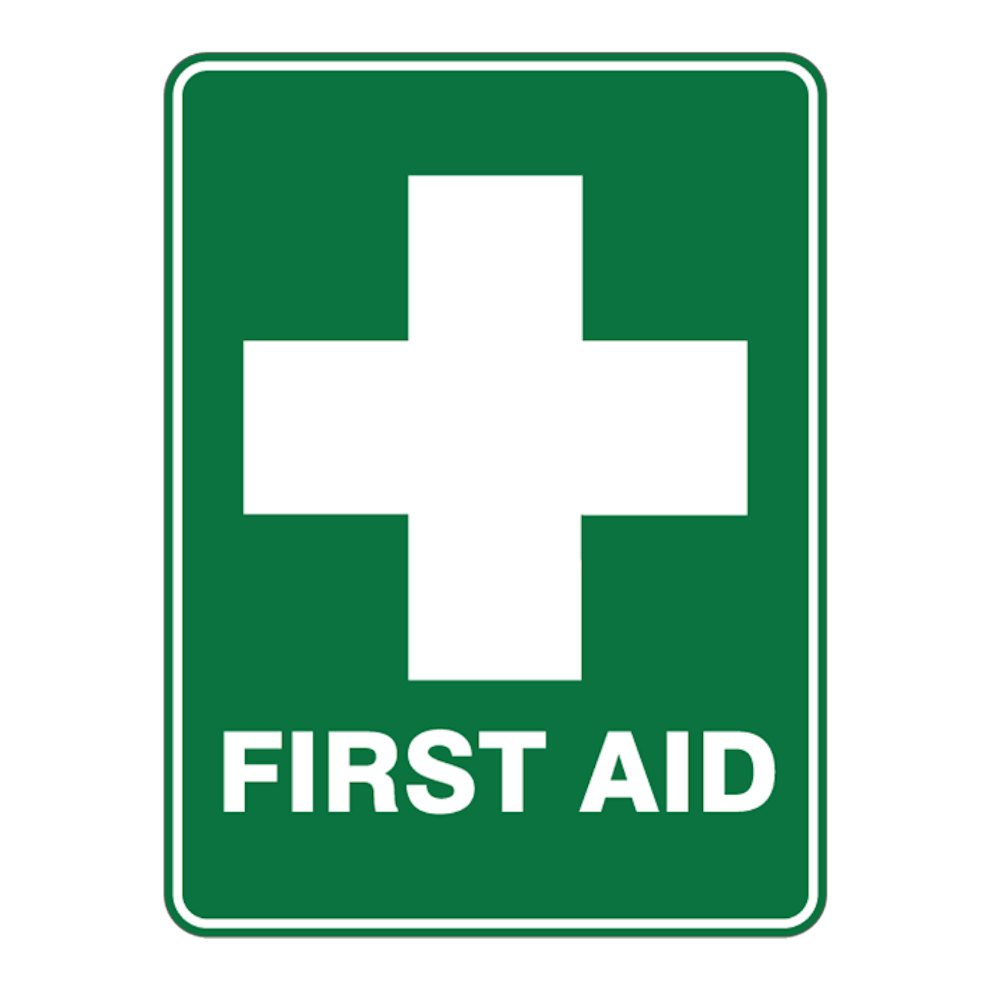Monthly Archives: July 2017
-
24 JulRead more »
First aid is the help given to someone who is injured or ill, to keep them safe until they can get more advanced medical treatment by seeing a doctor, health professional or go to hospital.
The role of a first aider is to give someone this help, while making sure that they and anyone else involved are safe and that they don’t make the situation worse.
If you think someone needs your help, these are the seven things you need to do as a first aider:
-
17 JulRead more »
The primary treatment to stop swelling of injured soft tissue is with the PRICE method.
PROTECTION
Protection means stopping activity immediately and protect the injured part from additional damage.
REST
Rest the area to allow the tissues time to heal.
ICE
Applying cold therapy (ice or an ice pack wrapped in a thin towel) to an acute injury reduces swelling and pain. Ice is a vaso-constrictor. It causes the blood vessels to narrow and limits internal bleeding at the injury site. Apply cold to the affected area every two hours for no more than 20 minutes at a time. Allow the skin temperature to return to normal before icing a again. You can ice an acute injury several times a day for up to three days.
COMPRESSION
Compression of an acute injury is perhaps the next most important immediate treatment tip. By quickly wrapping the injured body part with an elastic bandage or wrap, you help keep swelling to a minimum. If possible, it's helpful to apply ice to the injured area over the compression wrap to limit the swelling.
ELEVATION
Elevating the injured area is another way to reduce the blood flow and swelling to the area.
-
10 JulRead more »

Measure blood pressure in 7 steps
- Choose a quiet environment
- Have a pen and paper ready to note down the blood pressure result - Some blood pressure monitors show the measurement automatically and then save it!
- Sit comfortably on a chair and lay your bare arm on a normal table or other support so that the middle of your upper arm is level with your heart.
- Slide the blood pressure cuff onto your upper arm or around your wrist (depending on the type of device)
- Note the manufacturer’s instructions so that the measuring device sits correctly and is used properly.
- Conduct the blood pressure measurement.
- Note down the measured blood pressure value, along with the time and date of measurement.
-
3 JulRead more »
A dressing is used to protect a wound and prevent infection, but also to allow healing. A dressing should be large enough to totally cover the wound, with a safety margin of about 2.5 cm on all sides beyond the wound. A sterile dressing may be used to control bleeding from a major wound or to absorb any discharge from a minor wound.
Dressings vary greatly in nature and size, so it is important to select the correct dressing for use on a specific wound. A sterile dressing which is past its expiry date should NOT be used.
A bandage is used in combination with a dressing where a wound is present. A roller bandage is used to secure a dressing in place. A triangular bandage is used as an arm sling or as a pad to control bleeding. It may also be used to support or immobilise an injury to a bone or joint or as improvised padding over a painful injury. A tubular gauze bandage is used to retain a dressing on a finger or toe.



